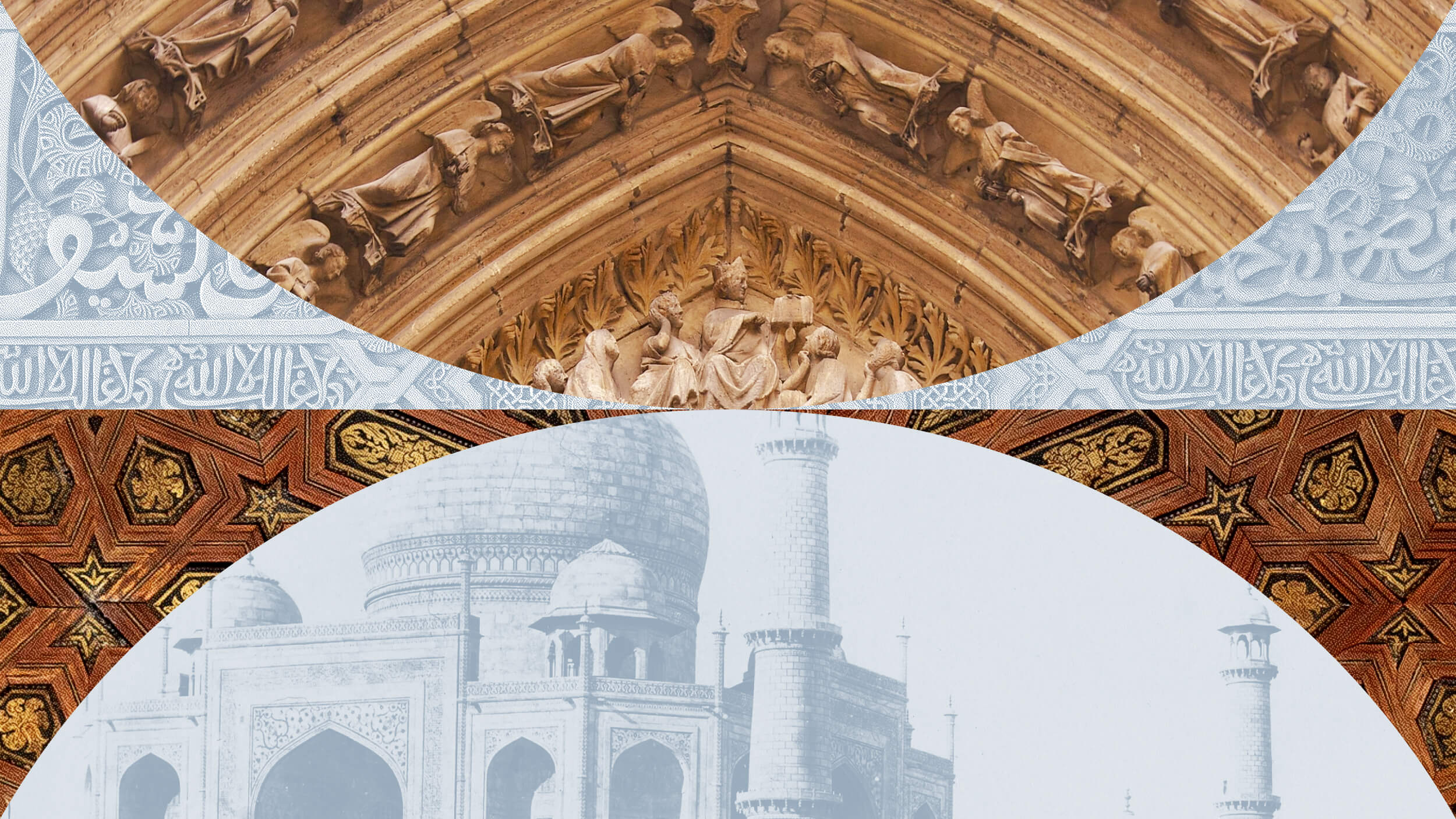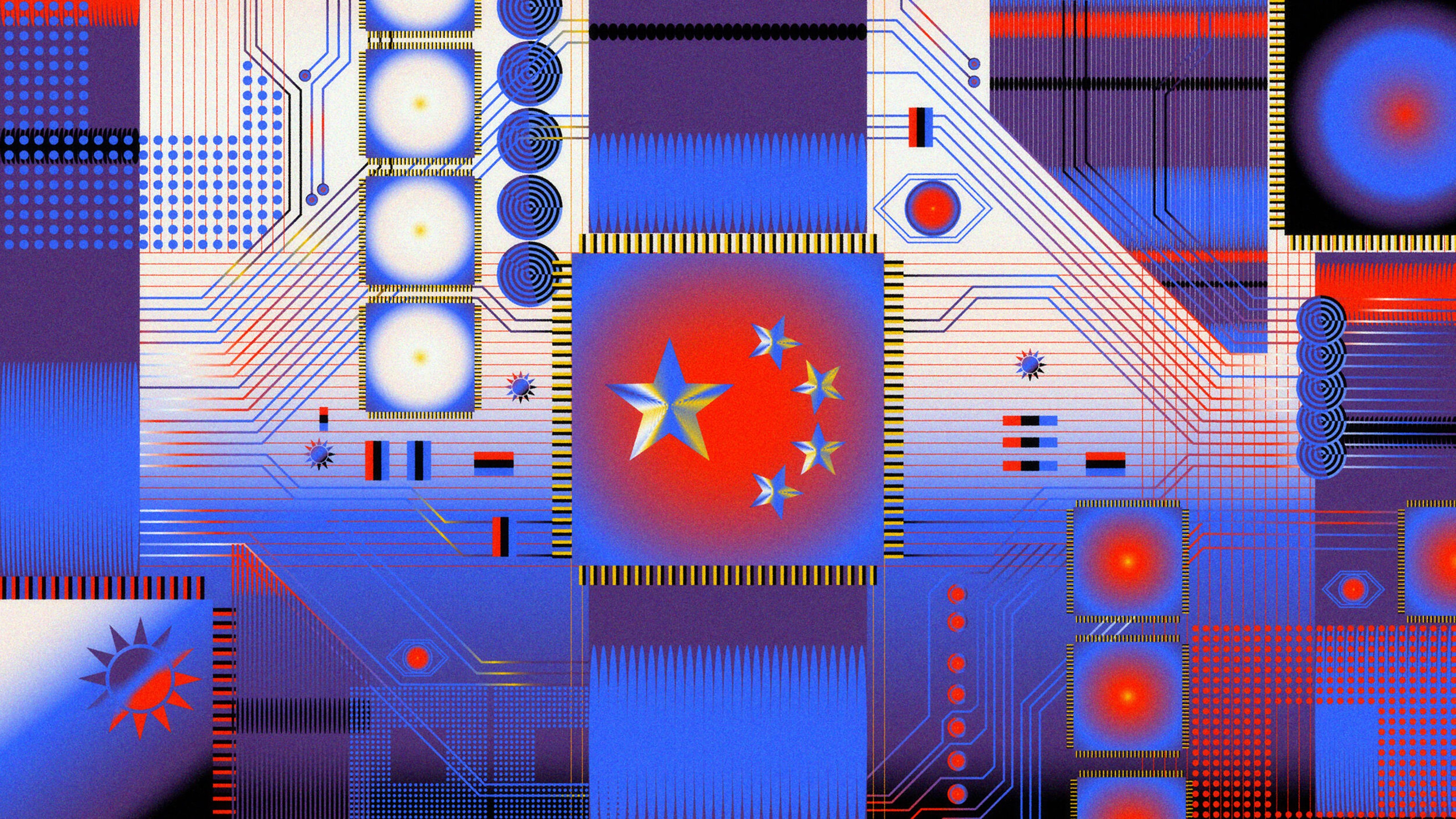Design helps us navigate progress, Antonelli says.
Question: What inspired the “Design and the Elastic Mind” exhibition?
Antonelli: There’s a trajectory in the shows that I’ve done at MOMA. I’ve been there . . . it’s almost 14 years. And it’s a trajectory that is personal, but that it’s . . . at the same time it’s institutional. You know from the beginning MOMA has alternated in design very historical exhibitions that are meant to advance the scholarly field with exhibitions that are instead in programs that are instead about people’s lives; about how design can improve people’s lives; about issues that pertain to that particular moment. Just to give you an example, you know MOMA had a series in the 1930s that was called Good . . . called Good Design Under $5, $10, blah, blah, blah. During the war because you . . . because people had no access to steel, and aluminum and other materials, they did a show called Good Design in Times of War. So it was always with an attention to people’s needs. In my particular career, I tried always to look at both people’s lives and also technology advancements. You know always these two . . . these two spheres coming together. So the first show that I did in ’95 was called Mutant Materials in Contemporary Design. It was about a revolution in the way materials were designed and implemented; something that gave designers more power to actually fine-tune not only the objects but also the materials. So it was technology and it was life. And then I went on and did other shows that were about people’s lives. Just to give you an example, in 2000 I did a show called Workspheres because at that time it was the dot com boom. It was the beginning of wireless technology. So there was a lot of excitement. We all were . . . we almost were all drunk, right, with these kind of possibilities. But at the same time wireless technology was not really working. We were always traveling with too many plugs and then plug didn’t work. The server at home did not connect. We had to dial in. I mean it was just hell. So it was just about wireless technology, new possibilities, and people’s real lives. So it was all these new concepts for working, and traveling, and so on and so forth. About two years ago I did a show on design and safety, because safety has become a really big concern. The world has changed. I don’t need to explain. It was something that was conceived before 9/11, but . . . and it was topped by 9/11 because I freaked out at that time and waited for a long time. So it was only two years ago, but it was about design and safety. Now I’ve come to the point that wireless technology really works; that we really are in communication with many different parts of the world. We work at different scales. We work in different time zones, on screens of different resolutions. We speak with people from all over the world. We are sometimes alone and sometimes in the middle of gigantic crowds. We’ve become much more elastic. And it’s an exhibition about these possibilities, new technologies, and the connection between design and science. So it really is about us negotiating all these changes and negotiating progress with the help of design.





